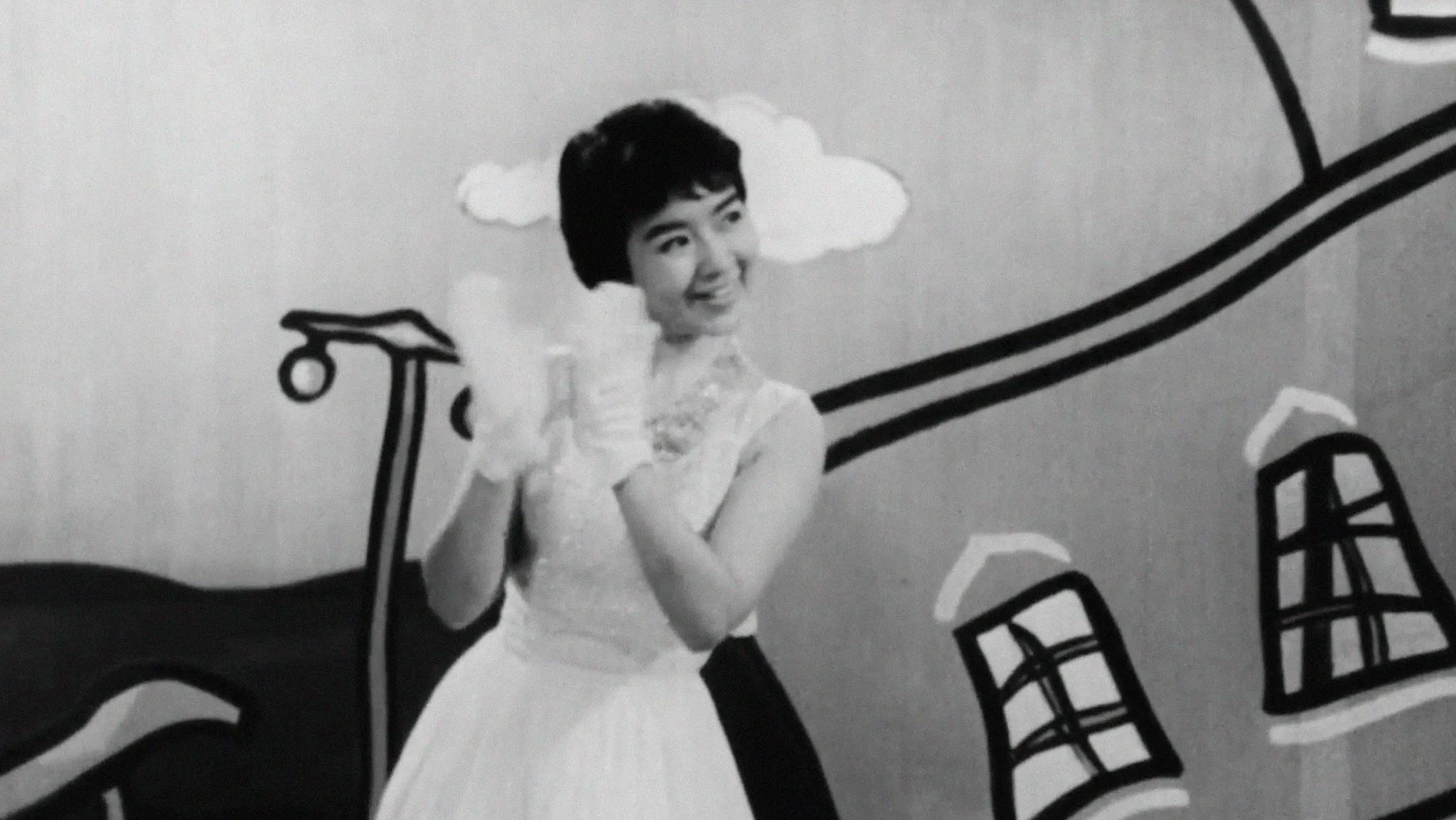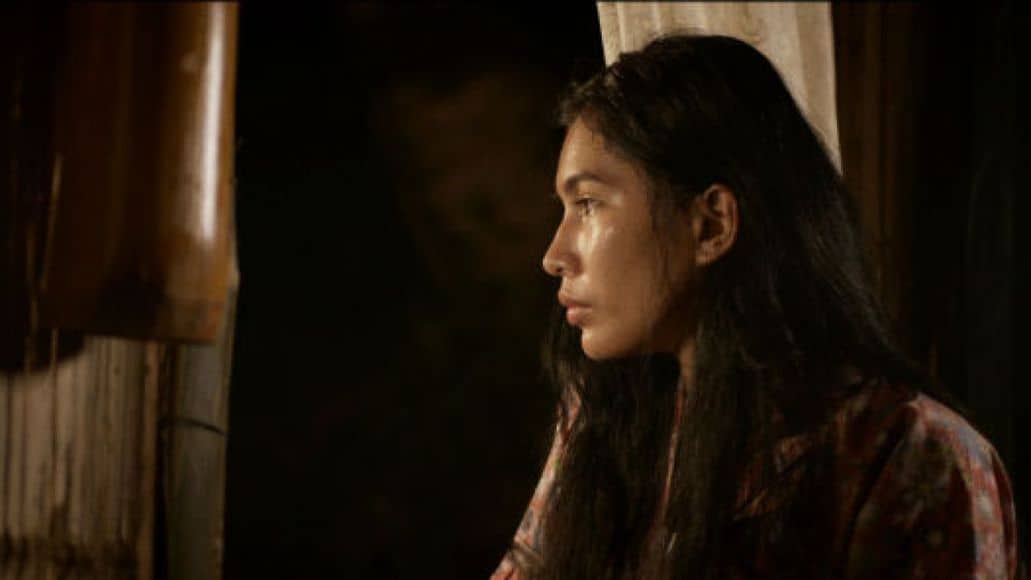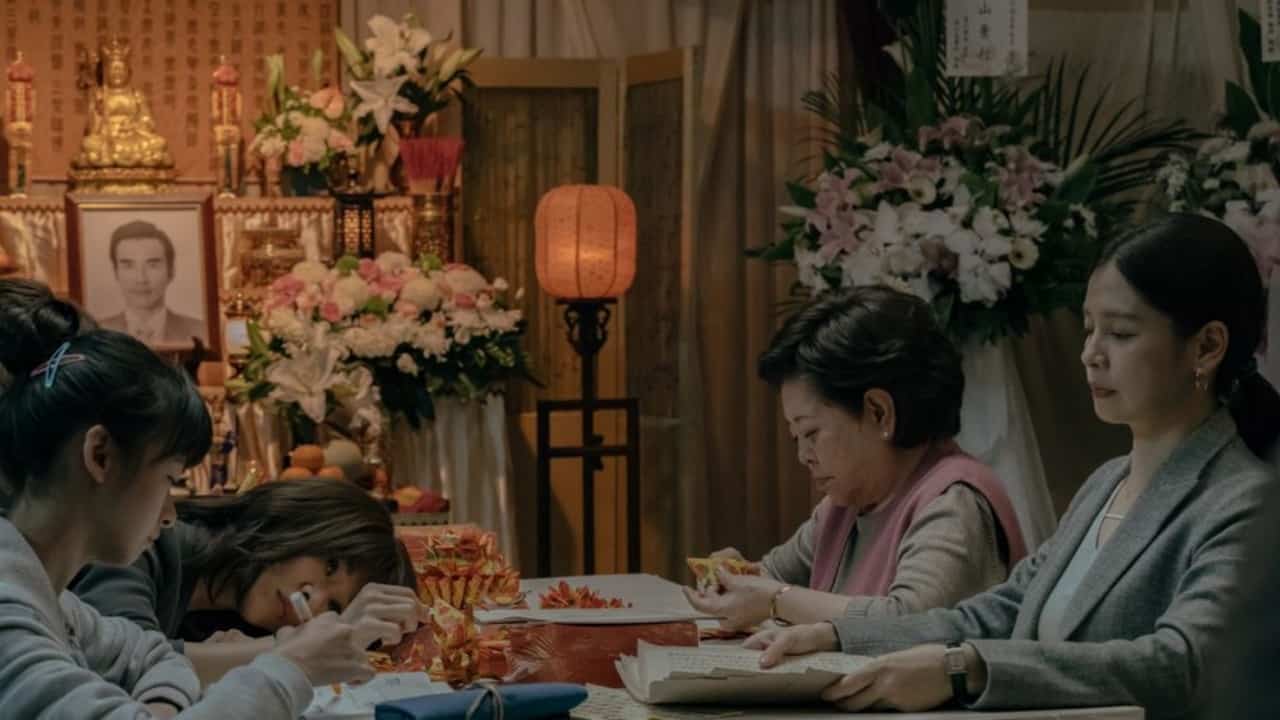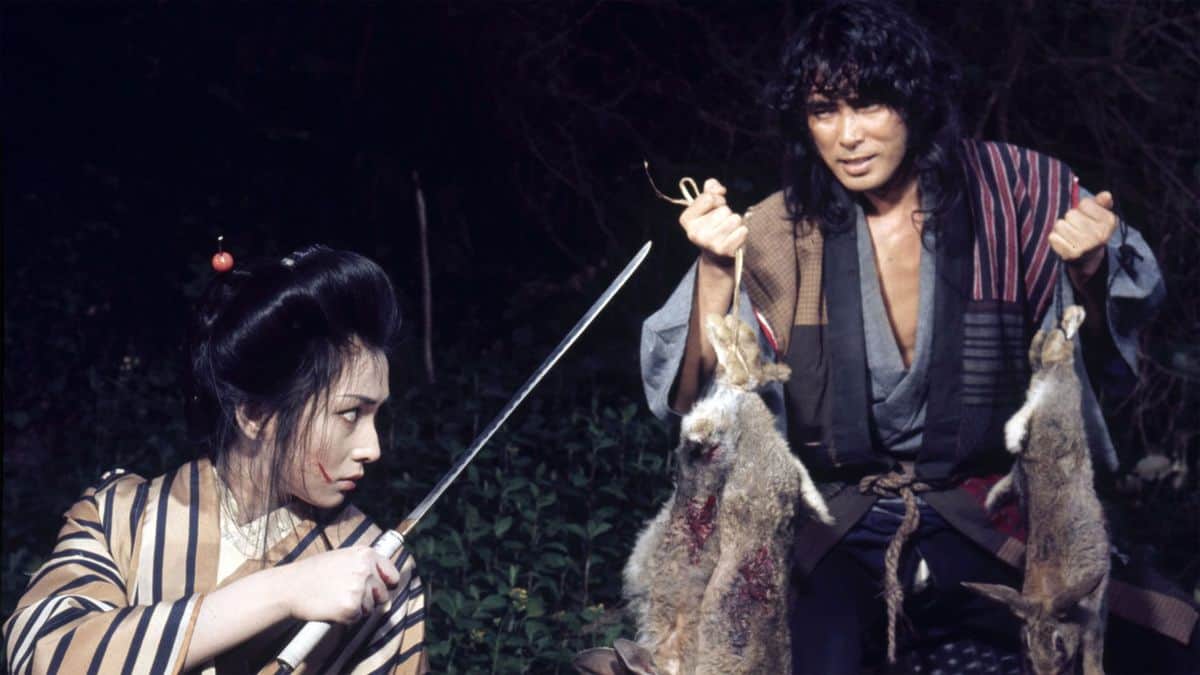“Princess Aya” is the fourth animated feature film of Lee Sung-gang whose debut “My Beautiful Girl, Mari” won the 2002 Grand Prix for Best Animated Feature at the Annecy Festival. This award not only won him the title of grandfather of Korean animation, but it also put Korean animation on the map. However, Lee Sung-gang is not the only big name connected to “Princess Aya”. Yeon Sang-ho, director of more recent, successful films such as “King of Pigs” and “Seoul Station”, produced Lee Sung-gang previous film “Kai” and resumes that role for “Princess Aya”.
“Princess Aya” is screening at Cinemasia Film Festival

Princess Aya of the Yeonliji kingdom was born cursed and as a result, she will eventually transform into a wild animal. However, as long as she wears a magical bracelet, a gift from her mother, this will prevent Aya from morphing. When Yeonliji is under siege from the neighboring kingdom Vatar, Aya decides to accept the marriage proposal of Vatar's prince Bari to prevent a war from happening. But things are not as simple as they seem and together, they face problems and intrigues threatening both Aya's homeland and Prince Bari's place on the throne.

As in his previous films, Lee Sung-gang has turned to ancient folklore stories for inspiration. He based “Kai” on the fairy tale of the Snow Queen and for “Yobi, the Five Tailed Fox” he loosely drew from the Korean folk tales of the kumiho, a shapeshifting fox.
“Princess Aya” also references myths and tales about shapeshifters, all be it less specific. The advantage of using folklore stories in some form or shape is that your film might strike a chord of recognition with a universal audience; the danger on the other hand is that your story will go down the beaten paths. In this respect, “Princess Aya” is a borderline case. The theme of a princess marrying to keep her country safe is not very original. However, the fact that Aya has to rescue the prince at least as often as that he comes to her aid provides for a rarely seen balance between the male and female protagonists. On top of that, “Princess Aya”'s heroine has a sparkling personality and there is enough humor in the story to keep the viewer engaged. The main themes of preventing war and dealing with Aya's curse intertwine and support one another, but sadly some of the subplots aren't played out very well or are hastily abandoned. This is unfortunate because it could have turned this film from a good to a great one.

Lee Sung-gang is known for using animation styles that stand out against more mainstream films, such as anime. “My Beautiful Girl, Mari” for instance, had a look reminiscent of pastels and watercolor paintings and “Princess Aya” is no exception. To begin with, it is the first animated film to make use of Screen X technology. This technique expands a film beyond the main screen, projecting it onto the two side walls as well and extending all the way to the back of the theatre. In this way, even the viewer's peripheral vision is absorbed in whatever's happening on screen. Judging from comments made by Lee Sung-gang in an interview with Variety, this was primarily a choice driven by need more than by artistic insights; as it was only thanks to the budget involved with Screen X that they were able to finance the film. Lee Sung-gang soon saw the possibilities of immersing the audience in the film, but also on a “normal” screen “Princess Aya” is a sight for sore eyes.
Another standout choice is made in the way the 3D images are rendered. Lee Sung-gang together with production designers Kwon Hyun-hwa and Kim Dong-wook, chose a look that is not a traditional 3D one. The characters and backgrounds are abstracted to the point that they almost veer towards 2D animation. In this respect, the film's visual style is reminiscent of Rémi Chayé's “The Long Way North”, a 2D animated French feature. Both productions have in common that they were made on a (relatively) low budget and thus their directors looked for ways to keeping the animation affordable by simplifying it. Using 3D rendering and texturing are time consuming and expensive and when done on a small budget the results tend to look fake and unattractive. By reverting the images towards 2D, Lee Sung-gang and his team of designers got around that problem.

On top of this, the film doesn't just stick to one look. As often is the case in Asian animation, different styles are used for specific parts of the narrative, such as the highly stylized main titles that serve as an introduction to the film and princess Aya's curse. But the scenes that stand out most are those of Aya having visions of the animals she touches and turns into. They look as if they were drawn with crayons on paper. It is these scenes that give the viewer an insight into the qualities of the creative team.
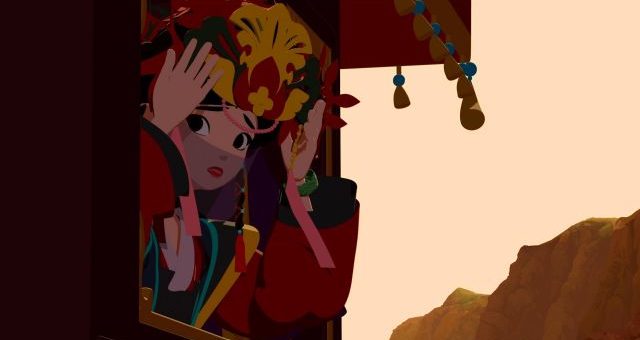
The acting in the animation is at its best in close up scenes, however, in long shots it can come across a bit clumsy. The main characters of Aya and the prince are voiced by K-pop singers Baek A-yeon and GOT7's Park Jin-young respectively. This no doubt will attract fans to the film, especially since a number of songs were added to the film. These songs are often set in a separate scenary and are accompanied by a dance. Although they are pretty and performed well, they don't add much to the story other than giving the film a Disney feeling.
“Princess Aya” might not be the best Korean animation of recent years, but it has a lot going for it. It's highly enjoyable and is strongly recommended for people with young children as the equality between Aya and prince Bari is something that, even in more recent Pixar & Disney films, is a rare feat.
Reference: https://variety.com/2019/film/spotlight/princess-aya-director-korean-animation-1203360627/



